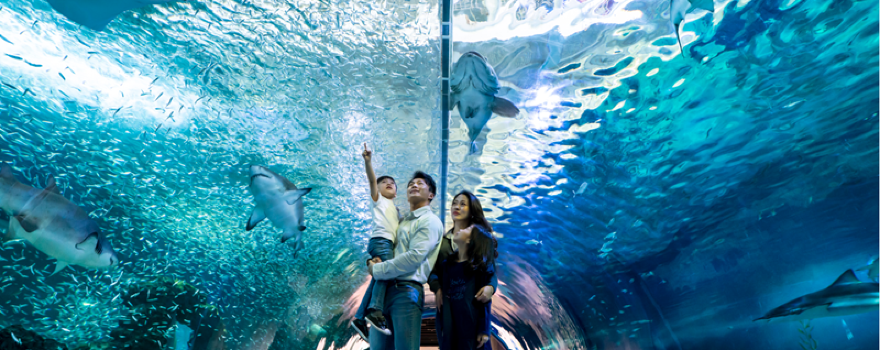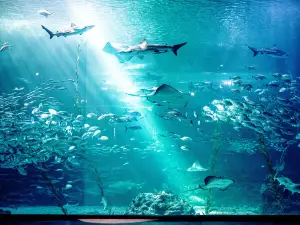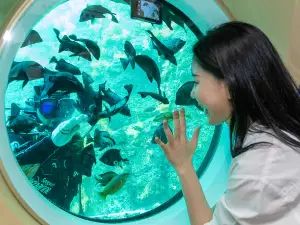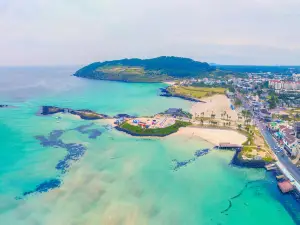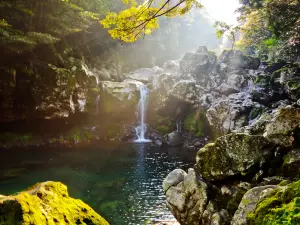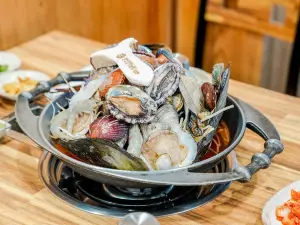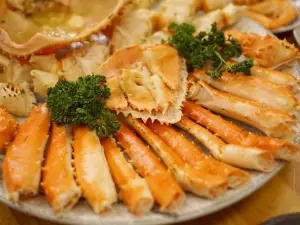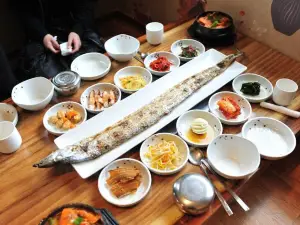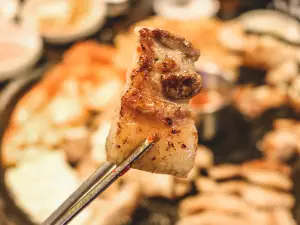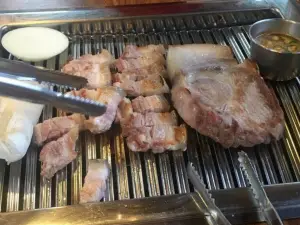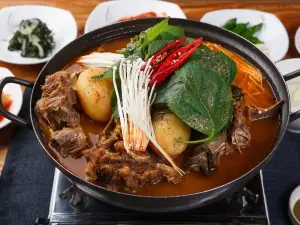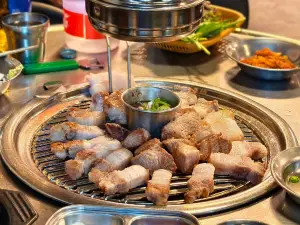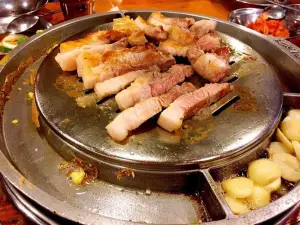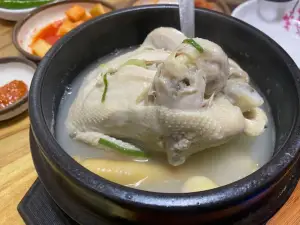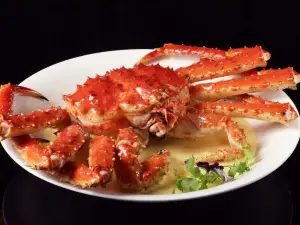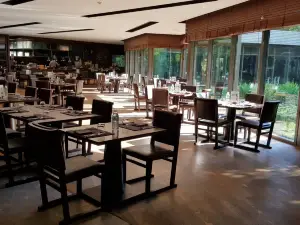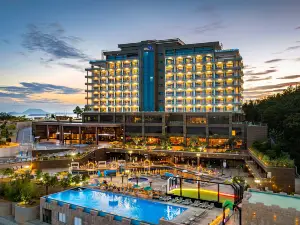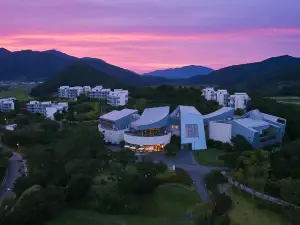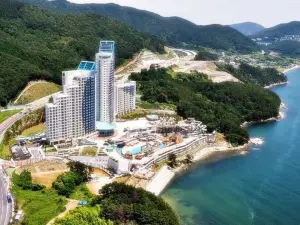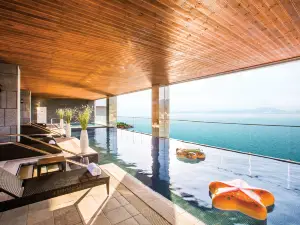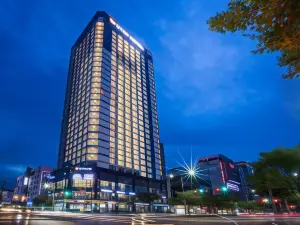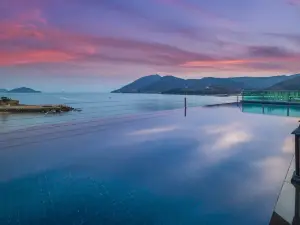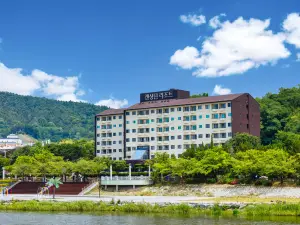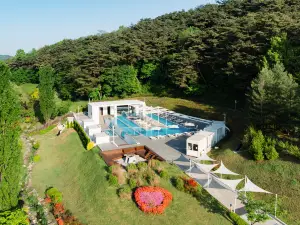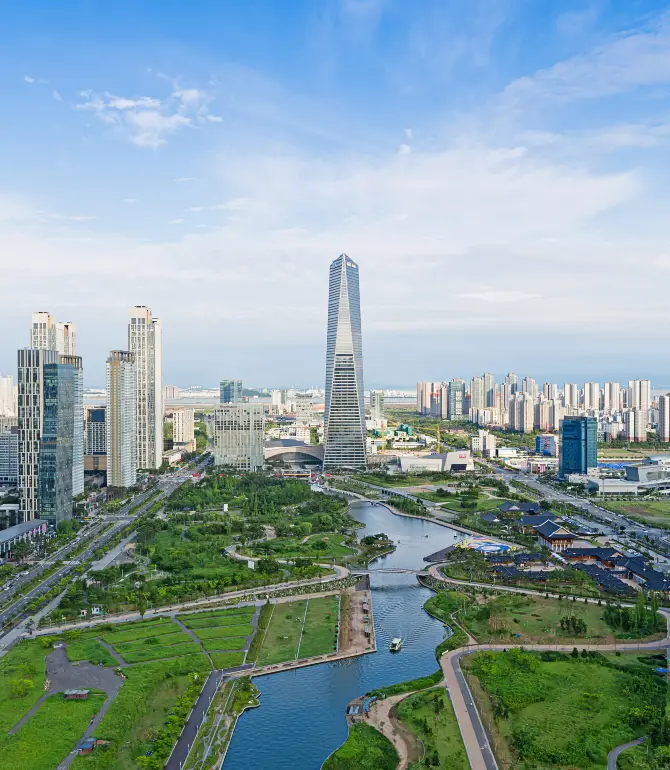Things to Do in Jeju Island in 2025 - Top Attractions, Local Food, Hotels & Travel Tips (Updated July 2025) | Trip.com
About Jeju Island
Recommended trip: 3–5 day(s)
Recommended trip: 3–5 day(s)Current Weather Conditions
Jeju Island Local Experiences Map

Trending in Jeju Island
Jeju Island Local Travel Guide 2025
Jeju Island Brief Guide
Jeju Island, a jewel off the coast of South Korea, is a blend of stunning volcanic landscapes and vibrant cultural experiences. Known locally as Jeju-do and globally as the 'Hawaii of Korea', the island is marked by UNESCO for its natural splendor encompassing Mount Hallasan, extensive lava tubes, and lush, semi-tropical forests. Exploring Jeju offers endless adventures; from climbing the majestic Mount Hallasan, and strolling through the tranquil shores of Hyeopjae Beach. The island's cultural tapestry is highlighted through its famous female divers, the Haenyeo, and unique local cuisine that includes fresh seafood and the renowned Jeju black pork. For a full Jeju experience, visitors engage with the island through various activities such as hiking, exploring lava caves, and relishing the local culinary delights served at traditional markets and specialty restaurants.
Jeju Island Must-try Local Experiences
1. Discover Jeju's Volcanic Wonders Explore Jeju's volcanic landscapes by hiking Mount Hallasan, visiting the Manjanggul Lava Tube, and witnessing the sunrise at Seongsan Ilchulbong Peak. 2. Embrace the Coastal Beauty Relax on Jungmun Saekdal Beach, marvel at the Jusangjeolli Cliffs, and explore Udo Island's emerald waters and charming villages. 3. Explore Hallasan National Park Hike to the summit of Hallasan for breathtaking views and explore various trails in this UNESCO Biosphere Reserve. 4. Experience Jeju's Beaches Enjoy the crystal-clear waters and soft sands of Hyeopjae, Hamdeok, and Jungmun beaches, perfect for swimming and relaxation. 5. Experience Jeju's Intriguing Culture Visit the Jeju Folk Village, Haenyeo Museum, and Jeju Stone Park to learn about the island's cultural heritage and traditions. 6. Sample Local Cuisine Try Jeju's fresh seafood, black pork, abalone porridge, and sea urchin soup at traditional markets and restaurants. 7. Capture the Beauty of Seopjikoji Photograph Seopjikoji's dramatic cliffs, rolling hills, and scenic lighthouse, especially during the spring canola bloom. 8. Photograph the Stone Grandfather Statues Capture unique photos of the iconic Dol Hareubang statues found throughout Jeju Island. 9. Take a Scenic Drive Along the Coastal Roads Rent a car and enjoy stunning ocean views, cliffs, and beaches along Jeju's coastal roads. 10. Relax at a Jeju Spa Unwind with relaxing treatments at Jeju's spas and hot springs, using natural ingredients.
Jeju Island Must-see Attractions
Located in Jeju Island, South Korea, Aqua Planet Jeju stands as the largest public aquarium in the entire country. This marine attraction features a vast array of exhibits and educational programs including an underwater musical, marine life educational sessions, and diving experiences. Notable for its large-scale aquatic displays, it houses about 48,000 animals across roughly 500 species in tanks containing 10,800 tons of seawater.
Jeju Island Transportation
Jeju Island can be reached primarily by air or sea. The most common way is to take a flight from Seoul, which takes about one hour. For those preferring sea travel, ferries are available from ports like Mokpo and Incheon; however, the journey is significantly longer and typically more costly than flying.
Jeju Island Where to Stay
The island’s accommodations range from luxury resorts to cozy guesthouses, providing options for every budget and style across the island's diverse landscape.
Jeju Island Best Time To Visit
The best time to visit Jeju Island is during Spring (March-May) and Autumn (September-November). Spring offers a stunning display of cherry blossoms and mild weather ideal for outdoor activities like hiking and exploring nature. Moreover, Spring hosts vibrant festivals such as the Jeju Canola Flower Festival and Jeju Cherry Blossom Festival, enhancing the travel experience. Autumn is equally appealing with its mild temperatures and colorful foliage, making it perfect for nature lovers and photographers. The cooler weather in Autumn provides comfortable conditions for exploring the island's scenic views and outdoor activities.
Jeju Island Travel Tips
1. Weather and Clothing Tips for Jeju: Jeju's weather can be unpredictable, especially on Hallasan Mountain and near coastal areas. Always check the forecast, pack layers, and bring rain gear even in summer. In winter, bring gloves, a hat, and warm layers. Mosquito repellent is essential in spring. Comfortable shoes for hiking and sandals for beach visits are recommended. 2. Udo Island Travel Tips: The ferry to Udo Island has a set schedule and can be affected by weather conditions. Book your tickets in advance, especially during peak seasons, as the island has limited daily visitors. Consider staying overnight to fully experience the island's attractions, including its famous peanut ice cream and scenic beaches. Note that rental cars are not allowed on the island, but you can explore by bike, bus, or scooter. 3. Beware of Jellyfish Season: Jellyfish are common in Jeju's waters from July to August. Pay attention to warning flags on beaches and consider wearing a wetsuit when swimming. If stung, exit the water immediately, rinse the area with seawater or saline, and apply a hot pack if the pain persists. Seek medical attention for severe symptoms. 4. Hallasan's No-Alcohol Policy: It's illegal to consume alcohol while hiking on Hallasan. Rangers patrol the trails and fines can be imposed for violating this rule. Alcohol and smoking are strictly prohibited in Hallasan National Park. Enjoy the natural beauty responsibly.
Trip.Best: Jeju Island
Things to do in Jeju Island
What to Do
Aqua Planet Jeju
Snoopy Garden
Arte Museum Jeju
Where to Stay
What to Eat
Jeju Island Moments: Through Travelers' Eyes

The largest aquarium in Korea!

🇰🇷 A Relaxing Weekend in Jeju Island: Nature, Cafés & Ocean Vibes

Jeju 3 Days 2 Nights Self-Drive Trip

Top 5 Photo Spots in Jeju Island: Sangumburi Crater, Seopjikoji, Woljeongri

A Must-Read for K-Drama Fans! Jeju Island's Stunning 3-Day, 2-Night Itinerary!

Jeju Island: The Ocean Escape Your Soul Needs 🌊✨

UNESCO Site in Jeju Island

Jeju Island Travel Guide: How to Enjoy South Korea's "Hawaii"
Best of Jeju Island
Site Operator: Trip.com Travel Singapore Pte. Ltd.
